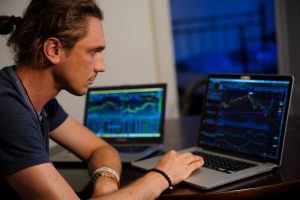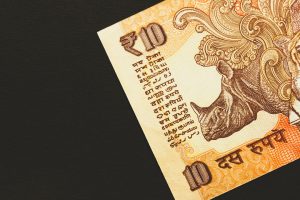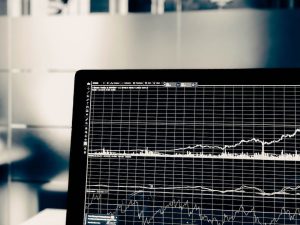Forex or foreign exchange market is the largest financial market in the world. It operates 24 hours a day, five days a week, and has an estimated daily trading volume of $5.3 trillion. Banks are among the biggest players in the forex market, accounting for a significant portion of the daily trading volume. They buy and sell currencies on behalf of their clients and for their own accounts. In this article, we will explore the different channels through which banks buy and sell currencies in the forex market.
Interbank Market
The interbank market is the wholesale market where banks buy and sell currencies among themselves. These transactions are not visible to the general public and are done through electronic trading platforms. The interbank market is where the exchange rates are set based on the supply and demand for different currencies. The banks in the interbank market are the primary market makers, and they quote bid and ask prices for currencies. These quotes are usually very competitive, and the spreads are tight, which means that the difference between the bid and ask price is minimal.
Banks usually trade in the interbank market because it offers them the best prices and the highest liquidity. They use their own funds or the funds of their clients to trade in the interbank market. Banks can also act as market makers by quoting prices to their clients. They make a profit by buying currencies at a lower price and selling them at a higher price. The interbank market is also where banks hedge their currency exposures by buying or selling currencies to offset their risks.
Electronic Trading Platforms
Electronic trading platforms are online trading portals that allow banks to buy and sell currencies electronically. These platforms are accessible to banks and other financial institutions, and they provide real-time prices and execution of trades. Electronic trading platforms have become popular in recent years because they offer greater transparency, faster execution, and reduced costs.
Banks use electronic trading platforms to trade with other banks and to trade with their clients. They can also use these platforms to access liquidity from different markets around the world. Electronic trading platforms have different features and functionalities, and banks can choose the one that suits their needs. Some of the popular electronic trading platforms used by banks include Bloomberg, EBS, and Reuters.
Retail Market
The retail market is where banks provide foreign exchange services to their retail clients. Retail clients include individuals, small businesses, and corporations that need to buy or sell currencies for their international transactions. Banks offer different types of foreign exchange services to their retail clients, such as spot transactions, forward contracts, and options.
Retail clients usually get their exchange rates from the bank’s website, mobile app, or branch network. The exchange rates offered to retail clients are usually higher than the rates in the interbank market, and the spreads are wider. Banks make a profit by charging a markup on the exchange rates they offer to their retail clients.
Conclusion
Banks are among the biggest players in the forex market, and they buy and sell currencies on behalf of their clients and for their own accounts. They use different channels to trade in the forex market, such as the interbank market, electronic trading platforms, and the retail market. The interbank market is the wholesale market where banks buy and sell currencies among themselves. Electronic trading platforms are online trading portals that provide real-time prices and execution of trades. The retail market is where banks provide foreign exchange services to their retail clients. Banks make a profit by charging a markup on the exchange rates they offer to their clients.






